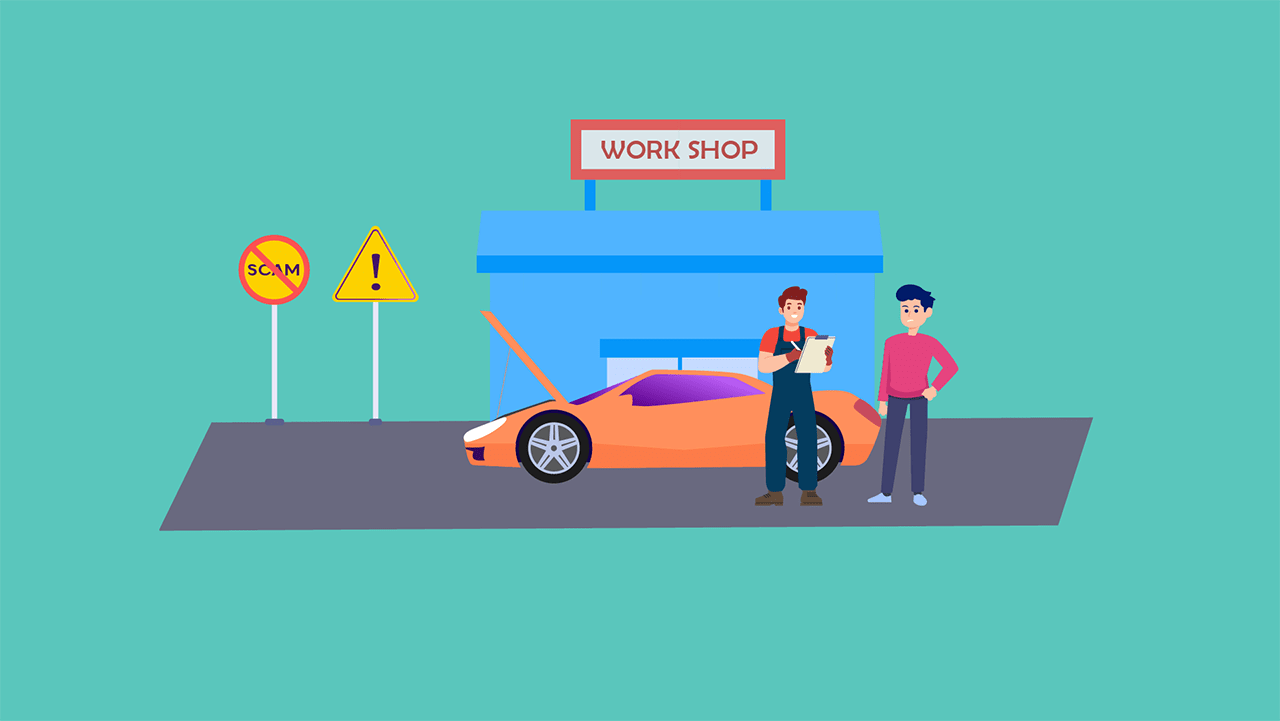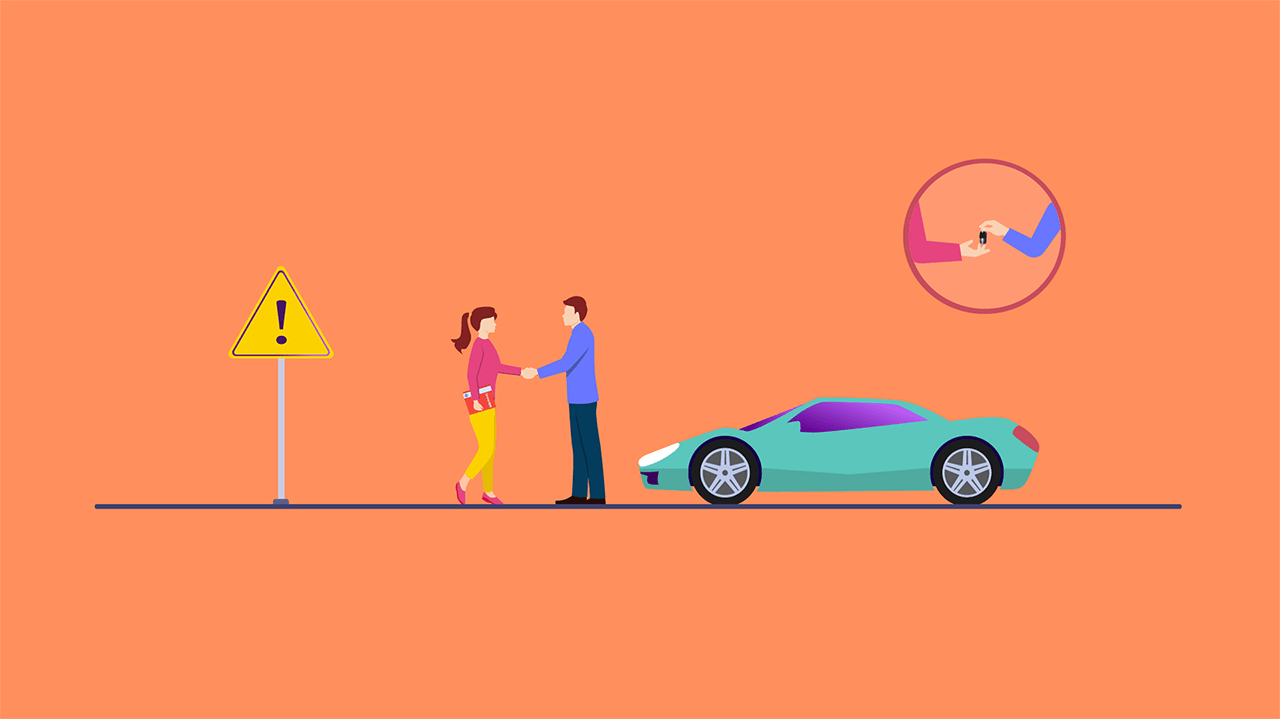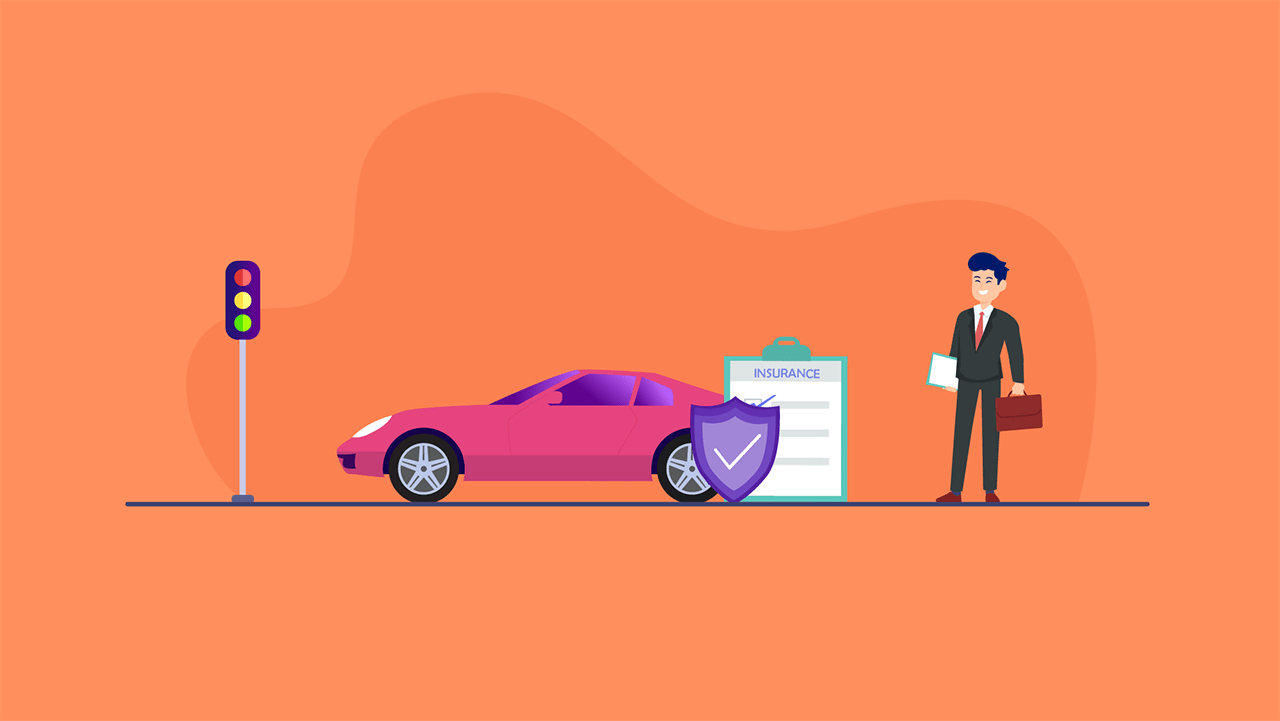How Does Cruise Control Work? 6 Steps To Do It Right
By Ujala Nadeem on Mar 27, 2024Contents
- Cruise Control: The Basics
- Cruise Control and Its Evolution
- How to Effectively Use Cruise Control: 6 Tips to Do It Right
- Wrapping Up
Cars have come a long way since their inception. Initially, they were just a quicker way to get from point A to B, but as time went on, we wanted more than just speed—we wanted to ride in comfort. That's where nifty little extras like cruise control come into play.
Imagine you're on a road trip; the highway stretches out in front of you, and you're ready for the long haul. That's when cruise control is your best friend.
So, what is cruise control exactly? Let’s find out!
Cruise Control: The Basics
Cruise control is like setting an autopilot for your car's speed. You decide how fast you want to go, set it, and then you can just relax. Your car maintains that speed for you, so you can take a break from constantly pressing the gas pedal.
But what's going on under the hood? Cruise control is pretty smart. It uses a system of sensors and electronic controls to keep your car rolling at the speed you've set. When you activate cruise control, you tell your car's computer, "Keep us going this steady pace." The car then takes over the throttle control, which is usually your job with the gas pedal. If your car starts to slow down, say, going uphill, the system gives it more gas to keep up the speed. If you're going downhill, it'll ease off. All the while, you're cruising comfortably, saving your foot from fatigue, and often saving on fuel.
Cruise Control and Its Evolution
Cruise control has come a long way since it first hit the road. It manages the car's speed without you constantly pressing the gas pedal through a system called the throttle system.
Now, there are two main types of throttle systems: the traditional cable throttle and the more modern drive-by-wire throttle.
Let's discuss how they work.
Traditional Cable Throttle
In this system, cruise control uses a physical connection to control the car's speed in cars with a cable throttle. An actuator with springs and a vacuum pump adjust the throttle based on the speed you set. Moreover, the car's electronic control unit (ECU) controls the pump to maintain the right speed.
Drive-by-wire Throttle
With drive-by-wire systems, things are more high-tech. There's no physical cable; electronic signals tell the car how fast to go. You set the speed, and the car's systems work together to keep it steady without needing to keep your foot on the gas pedal.
Both systems aim to keep your car cruising at a consistent speed, making long drives less tiring and helping you avoid speeding tickets. This handy feature shows how car technology is always advancing, making driving a smoother experience.
How to Effectively Use Cruise Control: 6 Tips to Do It Right
Cruise control is a fantastic feature that can make long drives more relaxing, but it's important to use it correctly.
Here are seven tips to ensure you're using cruise control the right way:
-
Set Your Speed Correctly
Activate cruise control at a safe and legal speed. When deciding on the speed, consider the road, traffic, and weather conditions. Once set, the system will maintain that speed until you deactivate it or apply the brakes.
-
Stay Alert and Aware At All Times
Just because cruise control is on doesn't mean you can daydream. Even with this feature engaged, you need to remain attentive to the road. Stay sharp, watch the road, keep your hands on the steering wheel, and be prepared to take control of the vehicle at any moment. It doesn’t take much time for things to go haywire!
-
Learn How to Turn Off Cruise Control
Familiarize yourself with the controls for turning off cruise control in a snap. A tap on the brake usually does the trick, but some cars have a special button or lever to deactivate the system. Get to know your car's quirks before you hit the highway.
-
Avoiding Use in Poor Conditions
Do not use cruise control on slippery roads. The system may not respond appropriately to the reduced traction, which could lead to a loss of vehicle control.
-
Adjust for Conditions
Cruise control does not adapt to changes in traffic or weather. You must manually adjust your speed if the traffic flow changes or if weather conditions deteriorate.
-
Safety First
Always prioritize safety over convenience. If you're ever unsure about using cruise control, it's better to err on the side of caution and control the vehicle's speed manually.
Wrapping Up
Cruise control isn’t just another feature of your car. It’s an incredibly useful pro that can make your journey smoother and more enjoyable. After all, who doesn't like a bit of convenience with adventure?
So next time you're on the open road, rest your feet and let your car pace. Just remember, cruise control is there to assist, not replace, your attentive driving. Always stay alert and ready to take over if needed. Have a great journey!


